1.
Introduction, methodology and research objectives
The present contribution is based on a geopolitical analysis method to describe whether and how the pandemic is changing the international scenario. According to John Agnew’s theory of the territorial trap, ignoring the reality of transnational threats leads decision-makers to imagine the world as a series of separate boxes and pushes states to make irrational choices [1]. The Covid-19 pandemic has created a tension between its global spread and the principle of national territorial sovereignty as a locus of political responsibility [2]. States have responded to the global challenge of Covid-19 with national solutions. In the medium term, from a geopolitical perspective, national isolation has prevailed over global solidarity. The perception that the risks caused by the spread of the virus could undermine national security and sovereignty [3] has led most states to isolate themselves by refraining from multilateral cooperation [4].
The rapid spread of the virus seems to show how the international order, focused on borders and political-territorial spheres, is currently struggling to manage complex problems caused by factors such as innovation and the mobility of people, goods and information. The international health emergency seems to have accelerated the beginning of a new glocal era, based on a close correlation between the local and the global sphere. This article aims to analyse the causes, consequences and possible geopolitical scenarios of this phenomenon.
2.
Materials
2.1. Global virus, national responses
In a short space of time, the virus spread quickly from the market in the Chinese metropolis of Wuhan to the rest of the world, thanks to the infection being spread from person to person. To this global change, states have responded with national solutions. At the peak of the pandemic, contrary to the instructions of the World Health Organization [5], more than one hundred and thirty countries closed borders or imposed strict border controls and banned from entering a selection of citizens from the outbreak areas of contagion. These “cures” are often worse than the disease.
Restrictions on the mobility of citizens between and within states have pushed thousands of expats and temporary migrant workers to return home illegally, at the risk of helping spread the virus where it hadn't yet arrived.
Many American entrepreneurs who were in Beijing on business bought plane tickets to the United States with a stopover in Japan in order to circumvent the entry ban imposed in the US on anyone arriving from China. The choice of some governments to publish blacklists of travelers considered carriers of the virus by reason of their nationality, has exacerbated forms of discrimination and racism, especially towards the Chinese and the Italian communities who in their respective hemispheres were the first victims of Covid-19. Even in the U.S. many Asians with American passports flocked to the gun stores, purchased pistols and rifles for fear of racial attack because they were considered potential carriers. The Trump administration closed the borders to asylum seekers in order to avoid the spread of Covid-19 in reception facilities and among border guards. Justin Trudeau’s Canada, considered an international symbol of openness and reception for refugees, announced the rejection of asylum seekers attempting to cross the US border illegally.
The pandemic revived national spirits, in some cases nationalist, even within Europe. The virus confirmed a famous Henry Kissinger metaphor about the fragmented European Union [6]. The well-known American political scientist and Nobel Peace Prize winner wondered, several decades ago, who should I call if I want to talk to Europe? Even today it is difficult to answer this question. Covid-19 called the European switchboard, but there were many voices answering. Some states, including the founding ones such as Germany, formally or actually suspended the free movement of people and goods with the result of slowing down and hampering the transnational transport of medical products and equipment and basic necessities. This political decision penalised everyone, but in particular Italy, the European country that was hit first and more severely than others by the pandemic. In some countries like Italy, the pandemic has also revived forms of territorial selfishness and regional opposition. In Italy there have been cases of conflict between territorial authorities and the State that can be analyzed through internal geopolitics, a discipline that studies the relations between political actors for the control of territories within a State [7]. The State-Region conflicts see the Regional Governors, especially those of a different political color from the government, take positions of opposition to the Government. Unpopular government decisions such as closure of all activities and quarantine at home or complex decisions such as reopenings find strong contrasts between the regional and the state levels. Controversies and accusations over lack of health care facilities, purchase of equipment and organisation of intensive care have shaken public opinion.
In other European countries the pandemic has increased the level of discrimination and suspicion against immigrants and asylum seekers. For example, in Hungary, Prime Minister Viktor Orban had a coronavirus law passed in Parliament on 30 March. The Hungarian leader could now indefinitely extend the state of emergency without requiring the approval of Members of Parliament. He can suspend certain laws by decree, deviate from statutory regulations and introduce extraordinary measures by order.Viktor Orban justified the temporary rejection of new asylum applications in Hungary on the grounds of fear that immigrants would bring disease. The Greek government, on the other hand, has taken advantage of the health emergency to justify its intention to transform reception centres into closed and supervised facilities increasingly similar to places of detention, and in alarming social and health conditions. The refugee camp on the island of Lesbos, with a capacity of three thousand people, was home, before to be destroyed by fire, to twenty thousand men, women and children, mostly Syrians, who have little or no knowledge of the most basic anti-virus prevention standards. Their condition represents a geopolitical dilemma for Europe. While waiting for the vaccine, do we welcome or refuse refugees seeking asylum in Europe? We are called upon to choose between the legal and moral duty to guarantee security and asylum to those fleeing war and persecution and to protect the health of the host communities by preventing new arrivals from becoming potential, uncontrolled carriers of the virus. Refugees in European reception centres risk becoming an epidemiological time bomb. However, no European country seems interested in facing this geopolitical dilemma. Today refugees, especially Syrians, are, to quote Hannah Arendt, the foam of the earth [8].
2.2. Geopolitics of pandemics and fear of the foreigner
Many states, as we have seen, have tried to assign physical, ethnic and racial specificities to an invisible enemy that instead in its action of contagion acts democratically without distinction of class, age, gender, nationality or religion. This is a typical phenomenon in the history of geopolitics of international health emergencies. New diseases, as the historian William Eamon claims, bring out the deepest phobias in a culture [9]. In these periods people ask for reassurances, politics finds them in unfounded accusations against foreigners. The confirmation of this theory comes from the review, although not exhaustive, of the labels attributed to the pandemics that over the centuries have hit our planet. The bubonic plague, also known as the Jewish plague, broke out in Europe several times. In the mid-14th century, it caused the deaths of millions of people. As the number of victims increased, Christians began to wonder about the origin of that terrible epidemic. Seeing that some Jewish communities had initially saved themselves from contagion, it was decided to blame them: some claimed that they had polluted the wells, others that they wanted to exterminate the Christians by poisoning oil and cheese. So it was that the Jews were struck not only by the plague, but also by the hatred and reprisals of their fellow citizens [10]. Since the 15th century, when syphilis began to spread in Europe, every European country blamed another. And so it became the Neapolitan disease outside Naples, the French disease outside France, the Polish disease in Germany and the German disease in Poland. Then, three centuries later, it became known in Japan as the Portuguese disease and in Persia as the Turkish disease. Long afterwards it was finally understood that, contrary to what was believed, syphilis was not imported by Christopher Columbus from what he believed to be “China”, but that it had already been present in Europe since the time of the ancient Greeks. In some cases, panic and consequent hatred of the alleged transmitters of the disease turned out to be counterproductive in the fight against the disease, as in the late 19th century with a cholera epidemic in the United States. The disease was called the Irish disease because it coincided with the arrival of large flows of migrants from Ireland. In an attempt to contain the contagion, doctors advised people not to drink whiskey, like the Irish men, but water. It was later discovered that the bacterium was proliferating in contaminated well water. It is interesting to note that at the same time, a cholera epidemic in London was the occasion, instead, for the publication of a study that laid the foundations of Health Geography as a scientific discipline. Among the founding studies of this branch of geography is the one conducted in 1854 by the English doctor John Snow on the cholera epidemic in the London district of Soho and, in particular, the Broad Street outbreak. The British luminary, convinced of the close correlation between epidemic and territory, came to the revolutionary conclusion that the main instrument of transmission of cholera was polluted water. To demonstrate the link between cholera incidence and potential geographical sources, i.e. part of the Soho water sources, John Snow was able to elaborate what is now known as the Voronoi diagram. He mapped and circumscribed the districts of the individual water pumps and made boxes representing all the points on his map that were closest to each pump. The section of Snow’s map that indicated the areas of London supplied by the Broad Street water pump corresponded to those in which the greatest number of infected people had been recorded and concentrated. The most skeptical reported that Snow’s theory was falsified by the fact that none of the monks in the only monastery that drew water from the Broad Street water pump had been infected with cholera. It was discovered, however, that this apparent anomaly was due to the fact that the monks preferred to quench their thirst with their own beer rather than water. Similar studies, with the same results, were conducted by Snow’s pupils in the Altona district of Hamburg.
The English case is, however, an exception in the geopolitics of pandemics, which have always caused an increase in levels of discrimination and suspicion towards foreigners. In fact, the flu plague of 1918–1920 went down in history as the Spanish plague. For the simple reason that in Spain, neutral during the First World War, the press gave news of the pandemic that other European countries preferred to hide in order to appear less weak in the eyes of their opponents. The 1957–1958 flu epidemic is known as Asian because it spread mainly in Asia. Today’s pandemic will probably go down in history as the Chinese virus.
Despite advances in science and technology, this tendency to still look with distrust at those who are different, and to blame them for our ills, has not changed over time. What has happened in recent weeks will perhaps also explain why we need to choose well which name to give to a new disease, avoiding ethnic or geographical references, but, above all, it has taken us by surprise in the darkness of our old, medieval fears.
In short, while Covid-19 reaps the benefits of globalization, the governments called upon to combat it adopting national weapons, instruments and categories. In other words, governments use an anachronistic and counterproductive arsenal which, in an era in which space and time are zeroed out in favour of a high mobility, seems to be a thing of the past. It may be for these reasons that in this unprecedented and unpredictable war even the most experienced and refined political leaders have become confused between statements and denials. A rate of general improvisation and disorganization that has few precedents on a global scale.
3.
Results
3.1. From globalisation to glocalisation
It is necessary to elaborate everything that is in place in order to investigate what may be the new instruments and new ways of political organisation to govern this new epochal phase. If, until yesterday, the impact of glocalisation on society and its geopolitical and economic organisation could be considered a recognized fact, the spreading of the virus has made these processes even more evident and tangible, making it essential for the realities that have the task of understanding them and analysing their impacts, to strengthen and update their role. There is no time to lose, at least for those who still want to defend the Western open society. As Yuval Noah Harari wrote, faced with the global threat of Covid-19 we are called to choose between nationalist isolation and global solidarity. Supporters of global solidarity must know that this is not achieved on equal terms, i.e. by simply intensifying relations between nation states. The role of new players must be recognised in helping nation states that have been put in difficulty by glocalisation. For example, the role of the commonwealth and glocal civilizations must be recognized. These are post-national agammaegations that include more identities and more citizenships.
They are transnational networks that interconnect continents, territories with increasingly porous borders, sub-national and local actors. They are confirmation of how, as Parag Khanna has already pointed out, megalopolises and regional groupings will increasingly assume power. While national governments and traditional global multilateral organisations will struggle to cope with this rapid dispersion of power [11], such a new international institutional horizon would be a kind of multiscale weapon to respond, at the same time, to global and local challenges. It is this glocal approach that the scientific community seems to be following these days, while politics and the economy turns towards closure and statism, a phenomenon that Slavoj Zizek has defined with a neologism the communism of disasters [12].
In fact, a scientific-technological campaign unprecedented in human history is underway. United twenty-four hours a day by social media, despite the different time zones, doctors, microbiologists, biologists, data scientists, network experts, communicate with tools unknown to their colleagues in the 2000s, at the time of the Sars epidemic. The difference with the pandemics of the past is in the enormous amount of data available today, produced in recent months. Scientists have come out of their labs, put the progress made online in real time, allowing distant research institutes to assimilate and corroborate them. At the request of the President of the United States, enlightened by Prof. Anthony Fauci, an Italian-American virologist already a pioneer in the fight against AIDS, the Office of Science and Technology Policy (OSTP) created in a few weeks a constantly updated database on Covid-19. To this purpose the National Library of Medicine has listed the scientific publications, Microsoft has engaged the algorithms by collating the most important entries, the Allen Institute for Artificial Intelligence has changed them from web pages and pdf into texts readable by the various algorithms. The OSTP now wants to use Artificial Intelligence against the virus, splitting complex problems into small tasks and letting the masses of collaborators solve them. Thousands of dollars are awarded to developers who are the first to find the solution to a given unknown in every part of the globe. These are examples that seem to indicate that the international scientific community has already chosen the path of global solidarity with a glocal approach rather than nationalist isolation. It remains to be seen whether politics will follow the same path. If not, the scenario of a potential world conflict between nation-states could go beyond the perimeter of the conspiracy narrative and fall on our daily lives.
4.
Discussion
4.1. Towards a new world order
It seems, in fact, that the Covid-19 pandemic has accelerated the clash between the United States and China for dominance on the global chessboard. From 1945 to 1991, the world was in balance between the United States and the Soviet Union. From 1991 to 1999–2000 and the rise to power of Vladimir Putin, there was a kind of interregnum during which the West believed in the end of history and its final triumph. Since Donald Trump became President of the United States in 2016, a triple understanding has been established globally: the American monopoly (strategic and financial), the Chinese giant’s hyperpower (mainly economic) and the Russian superpower (military and geographical). The rest of the West has discovered that there are only empires or embryos of empire on the planet that decide according to their own interests. The fundamental pillar of the international order on which the balance of the world seen by Westerners rested, the Atlantic Alliance, seems to be in crisis. For the Americans, and the process has accelerated with the start of the pandemic, Europe is no longer an ally but a pawn on the chessboard in their fight against China. They confront their former allies with a request for an agreement: the defence of Europe against the shared containment of Chinese influence. A scenario confirmed by American policy during the pandemic: the brutal closure of the borders to Europeans denounced as carriers of the virus; the takeover bid for the CureVac laboratory, German developer of the coronavirus vaccine; possible priority treatment for Americans in case Sanofi collaborates with the Biomedical Advanced Research and Development Authority (Barda) on vaccines. Even in the Western Balkans, the action of the United States no longer coincides with that of Europeans. For example in Kosovo, Washington contributed to the fall of the government of Albin Kurti (left-wing nationalist anti-corruption party), in power for two months, supported by Brussels, as this established the conditions for rapprochement with Serbia [13].
For its part, China knows that it bears a major responsibility for the spread of the new zoonosis—as previously with Sars (severe acute respiratory syndrome, 2002–2004) and H5N1 avian influenza (2003–2004). At least two legal hypotheses have been taken into consideration by the US Senators from Missouri, Mississippi, Tennessee, Arkansas, South Carolina who want to punish the Chinese: (1) to eliminate part of the debt contracted by the US Treasury held by China or to cancel the repayment of the maturing securities and/or not to pay interest (equivalent on average to 1.2%) on the 1100 billion dollars in US Bonds held by the Chinese; (2) to disengage the US and Chinese economies by law by requiring the US multinationals to withdraw from China.
China claims instead that the pandemic was caused by the United States and in general spread by Western States. According to Beijing, the pandemic started in the laboratory of Fort Detrick (Maryland) in 2019 and it was the American soldiers who spread the virus in Wuhan during the Ⅶ World Military Games last October. In France, the Chinese Embassy accuses on its website the incompetence of medical staff employed in nursing homes for the elderly. In Sweden, Chinese denials of the origin of the virus were not welcomed and the last Confucius Institute was closed down to obstruct its propaganda. In Germany, the Ministry of the Interior confirms that the government has not reacted to Chinese requests to enhance Beijing’s role.
In Australia, Ambassador Cheng Jingye threatens the country with a boycott (Australian wine and beef of which China is the main importer), student withdrawal and cancellation of tourism, if Canberra continues to call for an international and independent commission of inquiry into the pandemic, the Wuhan episode and the role of the WHO. This, however, risks causing immense damage to the gigantic Belt and Roads Initiative project wanted by President Xi Jinping to restore the centrality of popular China in the world.
In this potential clash between the American and Chinese empires, the United States is at a disadvantage for three reasons.
The first is geopolitical. In the face of the monolithicism of the Beijing regime, in the US and the rest of the West there is an internal clash within our civilization. The western geopolitical chessboard is divided and fragmented by the confrontation between two political sides that have divergent worldviews: national, if not nationalist, isolationists, led by Donald Trump and supported in Europe by Great Britain, which has just left the EU, are confronted by the line-up of the multilateralist-globalists without leadership. With the rediscovered special relationship between the US and Great Britain, the Anglo-Americans, as they were called at the time of the Second World War, seem once again to have gone to war: this time, however, not to defend the attacked democracy, but to move from the defence of democracy to the defence from democracy, from the imposition of economic globalisation to the fight against it. The result is that today the main defender of globalization, political and economic, is the People’s Republic of China with its communist capitalism.
The second is geoeconomic. The current pandemic threatens Western capitalism and strengthens communist capitalism. In order to prevent the health crisis from resulting in a long economic depression, a greater and prolonged role for the state in the American industrial scenario will also be needed. The free hand of the market, a pillar of made in US may not be enough this time to boost American GDP. Many companies will be forced to downsize and automate themselves to make a profit while producing much less: so the US could also have high unemployment rates. We will need forms of universal income, protection for the workers of the gig economy, social safety nets, i.e. a massive redistribution of wealth that only the State can manage. Beijing seems to have an advantage also on this front.
The third is cultural. It will take more than a year to get and administer a Covid-19 vaccine to the world population. We will be forced into a long period of living with the invisible enemy. In order to avoid new outbreaks of contagion and consequent lockdown (our houses are the new ghettos reminiscent of Venetian ghettos), timely and urgent state interventions will be needed. Citizens will need loyalty, empathy, reliability, sense of community, respect and trust in the authorities. Characteristics that seem more traceable in the Confucian ethics characteristic of Beijing’s communist capitalism than in the capitalist spirit of Weberian memory typical of Anglo-American individualistic culture.
In this war between giants, the divided and fragmented Europe risks becoming a battleground between the two contenders. A scenario that particularly concerns the states of Mediterranean Europe due to fragile economic and political systems. Think, for example, of the international aids received by Italy in the most acute phase of the health emergency. Albania, China, Cuba, Russia, anticipated Italy’s traditional international allies by sending medical products and personnel. While the western bloc, from Europe to the US, was divided on whether and how to support Rome, the states of the former communist bloc were already active and operative on Italian territory. The image of military doctors, including perhaps top secret services executives, and Russian-flagged trucks moving around the territory of a member State of Nato like Italy, is perhaps only an anticipation of the upcoming geopolitical scenarios. At the same time a team of Chinese doctors arrived from Beijing, with related medical devices, worked side by side with their Italian counterparts at Spallanzani Hospital, a strategic social-healthcare structure of excellence, from which they may have learned valuable know-how at home. An action of soft power, that of the countries of the former communist bloc, which has helped to change the popular perception of traditional alliances in Italy. According to a Swg survey conducted between March 20 and April 12, under the category of countries friendly to Italy first place went to China, the second to Russia and only third to the US, while among the enemies Germany, France and Great Britain stood out in order. This data confirms in particular the success of the so-called mask diplomacy of the Chinese government. In fact, at the beginning of the current health emergency in Italy (and not only) the disease carriers were considered the Chinese and the contagions were exclusively related to Chinese people. But China, with an action of soft power (donations of devices and medical personnel) have managed, as we have seen, to rise higher in the Italian sympathies.
5.
Conclusions
In the clash with China, the US, we have said, is at a disadvantage, but its defeat is not a foregone conclusion. The lack of transparency in the People’s Republic of China does not allow us to have an account of the real causes and consequences of Covid-19 on the Chinese economic, political and social fabric. In the medium to long term, the Chinese government could be forced to face problems of internal political stability: competition for public resources between the administrations of urban and rural areas; conflicts between state capitalists and the working class due to the increase in labour costs; public investment to raise the quality of social welfare services and health and hygiene standards which, unlike large cities, in China’s vast internal areas, have modest levels.
The outcome of the confrontation between Beijing and Washington is therefore uncertain. Uncertainty will govern the world in the coming years. Both China and the United States cannot rely on a consolidated system of international alliances. Unlike the first Cold War, there are no two compact blocks that oppose each other. We have entered the G-Zero world, a neologism coined by American political scientist Ian Bremmer [14]. According to Bremmer, the G-20 will be replaced by the G-Zero. Many states will be involved in several regional conflicts, but for the first time in seventy years there will not be a single power or alliance of powers able to assume global leadership.The absence of global dominus leads governments around the world to stand up as guardians of national social and economic security to address the unresolved and developing medical issues, economic issues and the pressures of people who want their personal freedoms back.
The international health emergency seems to have accelerated the beginning of a new glocal era [15], based on a close correlation between the local and the global sphere. The international scientific community has already chosen the path of global solidarity with a glocal approach rather than nationalist isolation. Instead, the perception that the risks caused by the spread of the virus could undermine national security and sovereignty has led most states to isolate themselves by refraining from multilateral cooperation. We are witnessing a clash between the United States and China for dominance on the global chessboard. It will have to be seen whether this confrontation will produce a new world order based on global solidarity with a glocal approach or based on national isolation, with many regional powers and no major international powers.
Conflict of interests
I declare no conflict of interest on this manuscript.












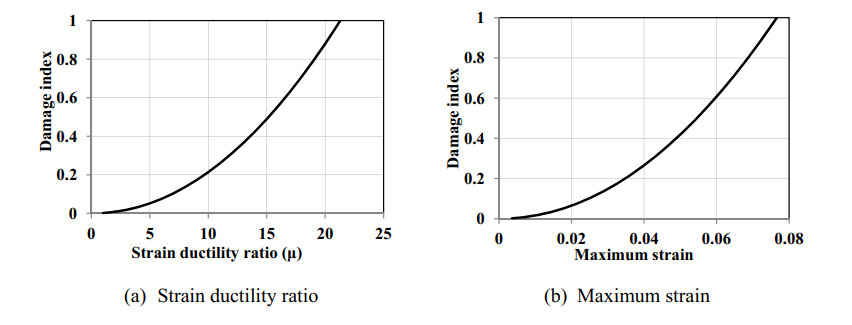
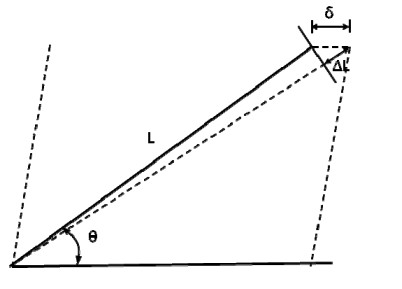
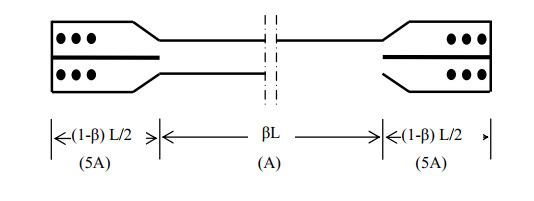
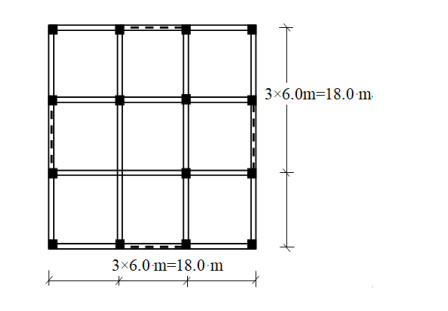
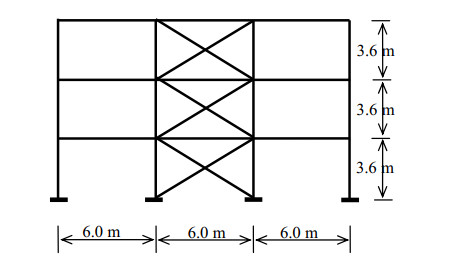
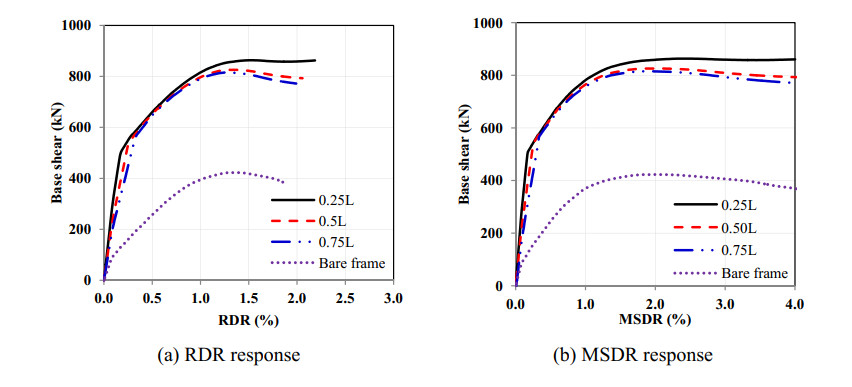
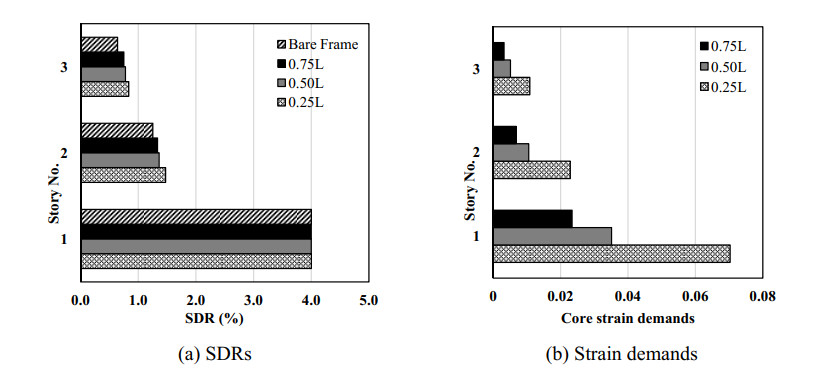
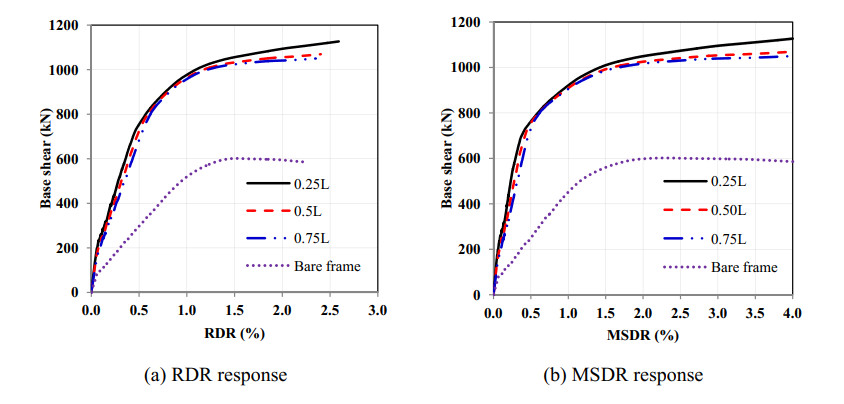
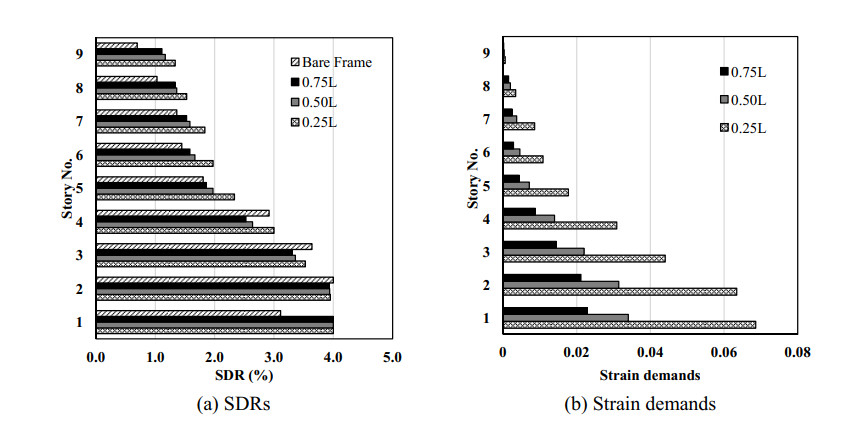
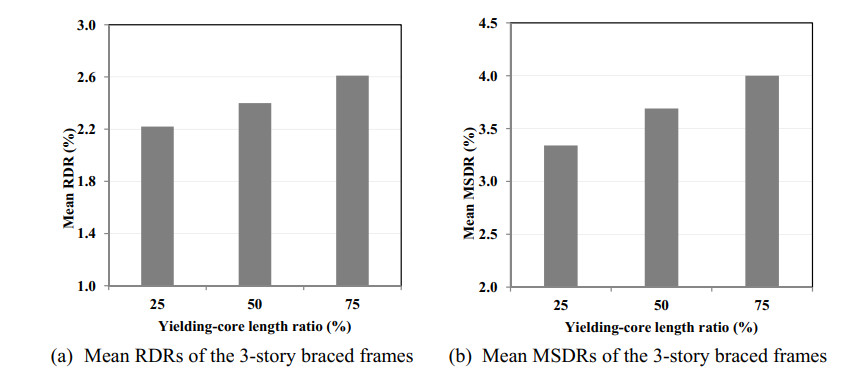
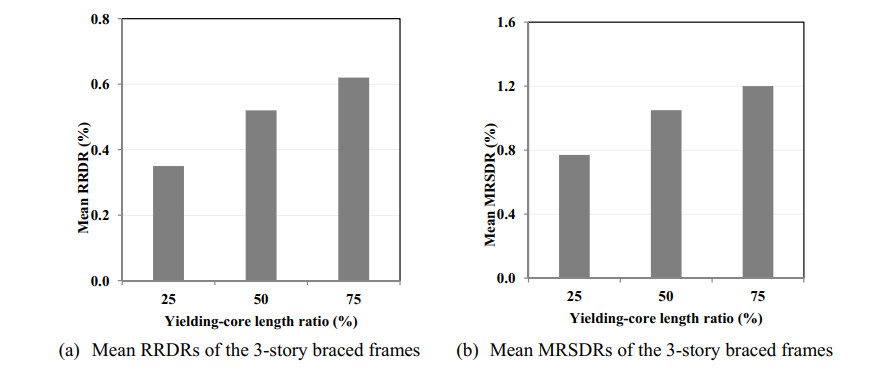
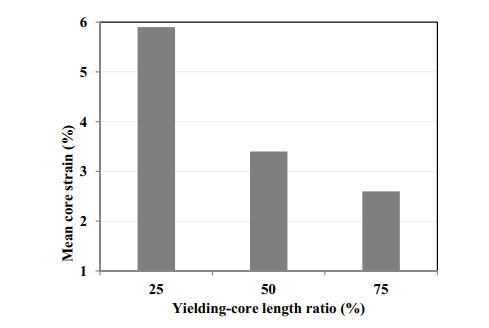
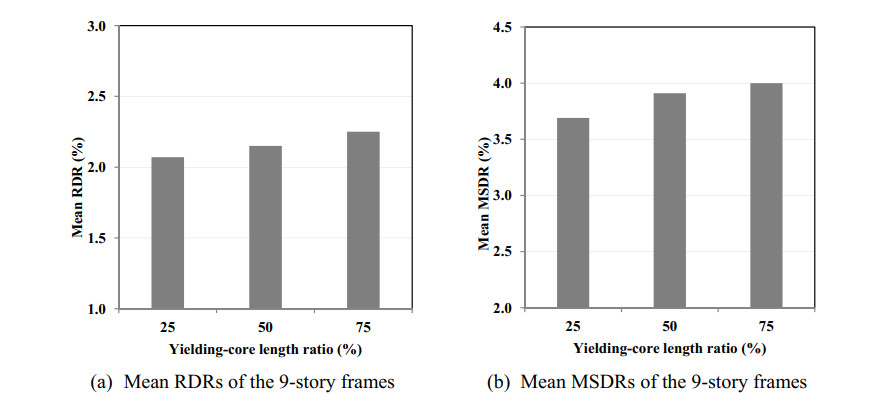
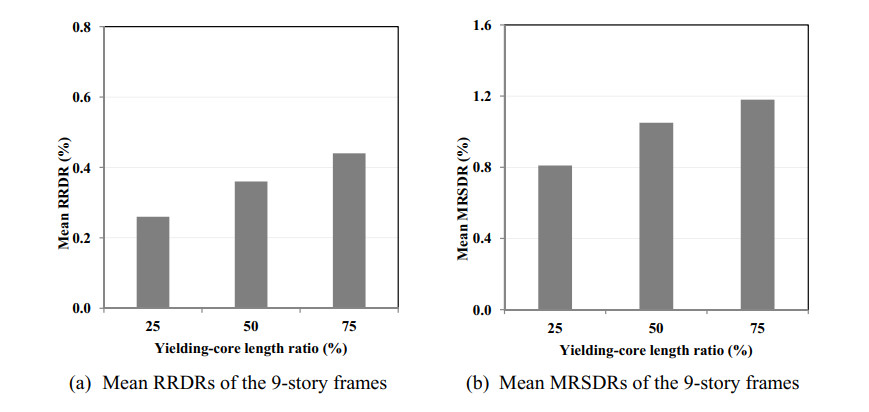
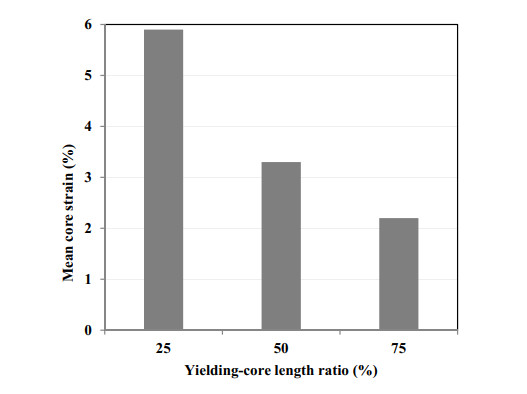


 DownLoad:
DownLoad: